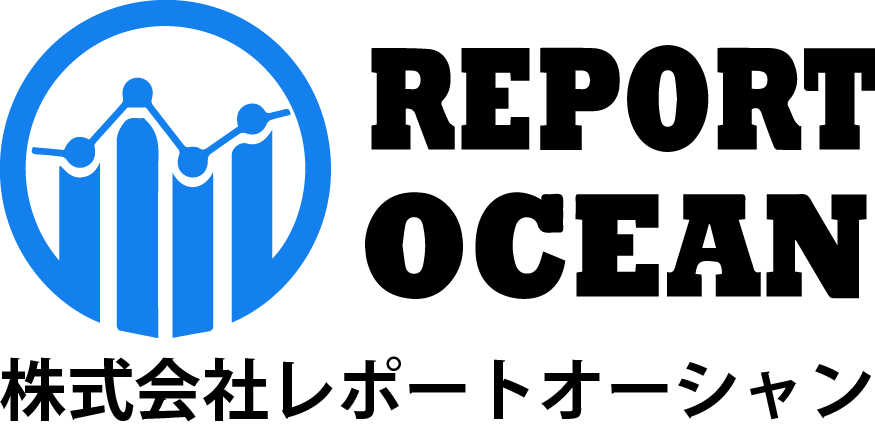日本調理済み食品市場規模、シェア、競争環境、動向分析レポート:カテゴリー別(インスタント朝食/シリアル、インスタントスープ/スナック、焼き菓子、肉/鶏肉、その他)、包装タイプ別(缶詰、冷凍/冷蔵、レトルト、その他)、流通チャネル別(オンライン、オフラインスーパー/ハイパーマーケット、百貨店、コンビニエンスストア、その他)、エンドユーザー別(住宅、外食、施設): 2024 年から 2032 年までの機会分析と業界予測
レポートID : ROJP0524090 |
最終更新 : 2024年05月 |
フォーマット : ![]() :
: ![]() :
: ![]()
1. Research Methodology
2. Project Scope & Definitions
3. Impact of COVID-19 on Japan Ready-To-Eat Food Market
4. Executive Summary
5. Voice of Customer
5.1. Demographics
5.2. Market Awareness and Product Information
5.3. Brand Awareness and Loyalty
5.4. Factors Considered in Purchase Decision
5.4.1. Brand Name
5.4.2. Pack Size
5.4.3. Price
5.4.4. Customisation Options
5.4.5. Packaging Type
5.4.6. Inclination Towards Organic Products
5.4.7. Promotional Offers & Discounts
5.5. Purpose of Purchase (Personal Use, Gifting)
5.6. Frequency of Purchase
5.7. Medium of Purchase
5.8. Role of Brand Ambassador or Influencer Marketing on Product/Brand Absorption
6. Japan Ready-To-Eat Food Market Outlook, FY2017-FY2031F
6.1. Market Size & Forecast
6.1.1. By Value
6.1.2. By Volume
6.2. By Category
6.2.1. Instant Breakfast/Cereals
6.2.2. Instant Soups and Snacks
6.2.3. Baked Goods
6.2.4. Meat/Poultry
6.2.5. Others
6.3. By Packaging Type
6.3.1. Canned
6.3.2. Frozen or Chilled
6.3.3. Retort
6.3.4. Others
6.4. By Distribution Channel
6.4.1. Online
6.4.2. Offline
6.4.2.1. Supermarkets/Hypermarkets
6.4.2.2. Departmental Stores
6.4.2.3. Convenience Stores
6.4.2.4. Others
6.5. By End-user
6.5.1. Residential
6.5.2. Food Service
6.5.3. Institutional
6.6. By Region
6.6.1.1. North
6.6.1.2. Central
6.6.1.3. South
6.7. By Company Market Share (%), FY2023
7. Market Mapping, FY2023
7.1. By Category
7.2. By Packaging Type
7.3. By Distribution Channel
7.4. By End-user
7.5. By Region
8. Macro Environment and Industry Structure
8.1. Supply Demand Analysis
8.2. Import Export Analysis
8.3. Value Chain Analysis
8.4. PESTEL Analysis
8.4.1. Political Factors
8.4.2. Economic System
8.4.3. Social Implications
8.4.4. Technological Advancements
8.4.5. Environmental Impacts
8.4.6. Legal Compliances and Regulatory Policies (Statutory Bodies Included)
8.5. Porter’s Five Forces Analysis
8.5.1. Supplier Power
8.5.2. Buyer Power
8.5.3. Substitution Threat
8.5.4. Threat from New Entrant
8.5.5. Competitive Rivalry
9. Market Dynamics
9.1. Growth Drivers
9.2. Growth Inhibitors (Challenges and Restraints)
10. Key Players Landscape
10.1. Competition Matrix of Top Five Market Leaders
10.2. Market Revenue Analysis of Top Five Market Leaders (in %, FY2023)
10.3. Mergers and Acquisitions/Joint Ventures (If Applicable)
10.4. SWOT Analysis (For Five Market Players)
10.5. Patent Analysis (If Applicable)
11. Pricing Analysis12. Case Studies13. Key Players Outlook
13.1. Ryohin Keikaku Co., Ltd.
13.1.1. Company Details
13.1.2. Key Management Personnel
13.1.3. Products & Services
13.1.4. Financials (As reported)
13.1.5. Key Market Focus & Geographical Presence
13.1.6. Recent Developments
13.2. Nagatanien Holdings Co., Ltd.
13.3. Asahi Group Foods, Ltd.
13.4. Maruha Nichiro Corporation
13.5. Nissin Foods (USA) Co., Inc.
13.6. Ajinomoto Co., Inc.
13.7. Yamazaki Baking Co., Ltd.
13.8. Benihana Inc.
13.9. SL Creations Co., Ltd.
13.10. House Foods Group Inc.
*Companies mentioned above DO NOT hold any order as per market share and can be changed as per information available during research work
14. Strategic Recommendations15. About Us & Disclaimer
無料サンプルを入手する ![]()
この無料サンプルには、トレンド分析から推定・予測まで、さまざまなデータが含まれています。
最新レポート
お問い合わせ
-
- JAPAN : 03-6899-2648
-
- EMAIL : [email protected]







